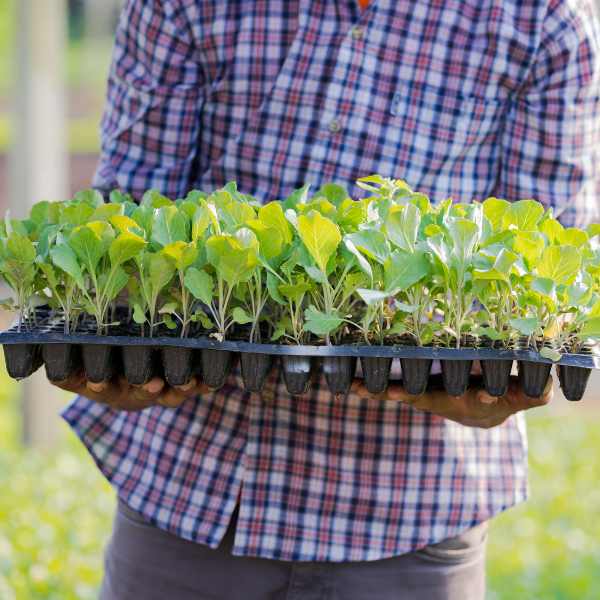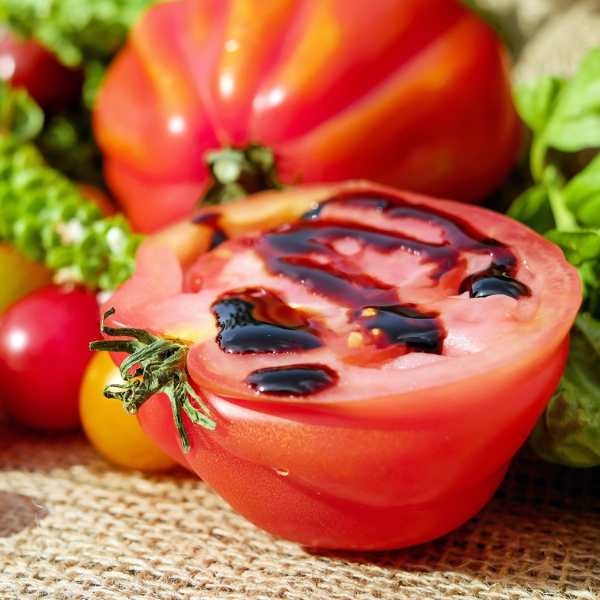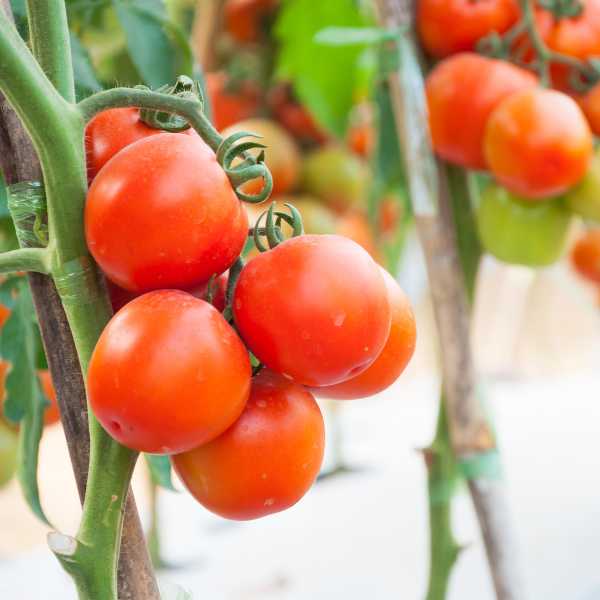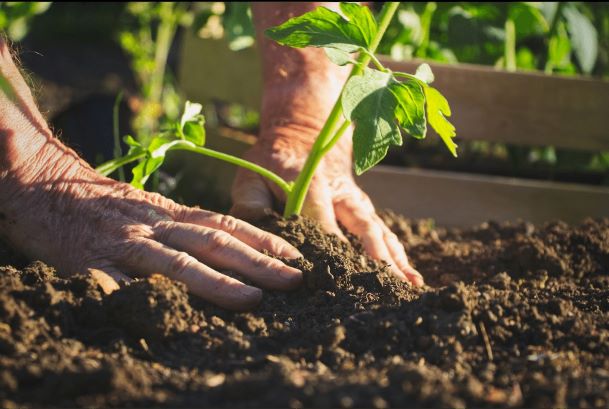Zucchinis from Sowing to Harvest
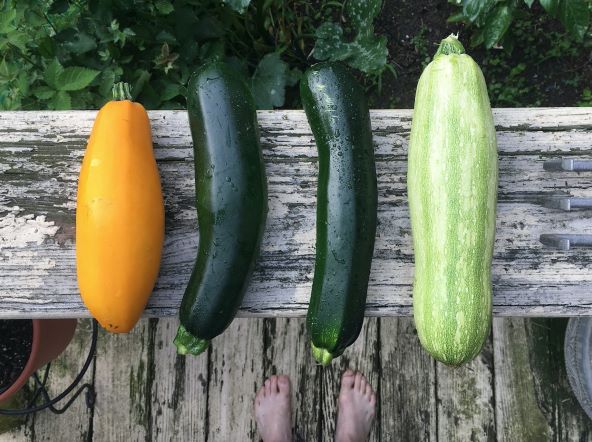
Zucchinis are renowned for being outrageously prolific – just two or three plants are likely to keep a small family supplied with these versatile fruits all summer long. They are warm season crops with compact, bushy, or trailing varieties to pick from.
Compact types are good for containers – indeed anywhere you don’t have a lot of space – while trailing types may be trained as climbers to grow up supports such as trellis or wire mesh.
Position
Zucchinis are members of the squash family, so they need to be bathed in warmth and sunshine to thrive. Shelter them from strong winds too, so bees and other insects can go about pollinating the flowers in peace.
Their robust growth and big leaves make them hungry feeders. Add plenty of garden compost or well-rotted manure to the soil before planting.
Or prepare planting pockets: a few weeks before planting dig out a hole, fill it with compost, then return some of the soil, along with a handful of organic fertilizer. The nutrient-rich filling will prove a veritable feast for the plants growing in it.
Sowing
You can sow directly outside after your last frost date. Make a depression into the soil about half a centimeter deep then drop in two seeds. Place seeds at least 60cm apart.
Once the seedlings are up, remove the weakest to leave just one in each position. Direct sowing like this works just fine, but you can get a bit of a head start by sowing under cover or in a greenhouse, a couple of weeks earlier.
Fill pots or plug trays with potting mix and sow one seed per pot or plug on its edge. They will germinate quickest with a little warmth, but so long as you can guarantee a frost-free environment they will push through.
Maintenance
Keep your zucchini well-watered, and top up mulches occasionally to help lock in soil moisture for longer. Aim to water the soil as opposed to the plant. Plants tend to produce only male flowers at first, and pollination can also be slow to start with, particularly in cool or damp weather.
If pollinating insects are thin on the ground, you can hand pollinate flowers by transferring the pollen from a male flower direct to an open female flower.
Powdery mildew can be an issue on the leaves later in the season. Keeping plants well-watered and leaving plenty of space between them for good airflow should slow the spread of this disease.
If your zucchini does get powdery mildew, don’t worry too much, as plants will usually cope.
Harvest
Begin cutting or twisting off zucchini while the fruits are still quite small. Smaller fruits have a denser, nuttier flesh and are far superior in taste.
Check plants often – every other day at least – and pick fruits as soon as they reach a useable size. This is the best way to avoid those overbearing gluts!


